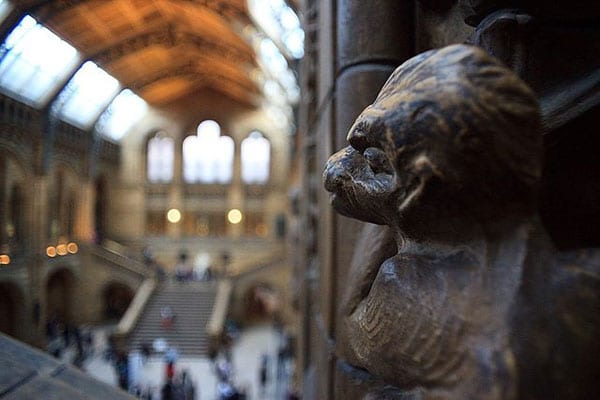
October 18, 2018; Star Tribune
The Greater Twin Cities United Way has decided to narrow its grantmaking focus, leaving many nonprofit organizations without funding that they have depended on for many years. But what is the United Way to do when they too have lost funding?
United Way’s revenue has dropped from $101.9 million in 2014 to $77 million to last year. Their revenue is typically driven by workplace giving, but, like the national trend, donors are now seeking more control of their dollars. Lower-dollar, working- and middle-class donors are increasingly giving directly to nonprofits through online fundraising avenues and crowdfunding, and higher-net-worth donors are moving in droves to donor-advised funds, which offer an immediate tax deduction with flexibility on when and where the funds are ultimately donated. Like United Way, organizations that they support will have to “adjust to this new reality” and determine if they fall into their new scope.
Starting in 2019, United Way will concentrate its grant programs on addressing education success, household stability, and employment and income gaps, pivoting from its motto of “Pathways out of Poverty” to “Pathways to Prosperity.” There will be an emphasis on equity to anchor much of the work, according to Acooa Ellis, the new senior vice president of community impact.
The United Way works with over 100 nonprofit organizations. How have these nonprofits received the new funding priorities? Surprisingly, very well. The United Way has been on a mission to be transparent. Since funding fell short in 2016, causing last-minute cuts for some organizations, the United Way has focused on being open and honest, hosting meetings with nonprofits, donors, and experts before setting the new funding priorities. Ellis states, “We have heard them and are listening. We value the work they are doing. We are committed to transparency.”
Sign up for our free newsletters
Subscribe to NPQ's newsletters to have our top stories delivered directly to your inbox.
By signing up, you agree to our privacy policy and terms of use, and to receive messages from NPQ and our partners.
Daniel Rodriguez, executive director of Merrick Community Services, said it was clear that the United Way is listening and reaching out to its partners. He said he appreciates the tone that was set, one of respect and candor. He went on to say that they now have to determine how to respond to this new change—they will have to rethink their funding requests.
This was the sentiment of many organizations, but some have no way to respond or rethink their funding. DARTS, a West St. Paul charity that provides transportation and other services that help seniors stay in their homes, received $170,000 from the United Way in 2015 but nothing this last year. Ann Bailey, the president of DARTS, says, “[Twenty] percent of the population is over 65, and their funding philosophy doesn’t have space for them unless they have some other greater need. I am heartbroken.”
The United Way has always been seen as an intermediary advisor, assessing the strength of organizations beyond their name brand. As Danielle Holly wrote for NPQ, “The shrinking presence of the United Way as an intermediary advisor will likely give nonprofits with big brand name presence a leg up.” Less well-known organizations, like DARTS, will have to pick up the slack by boosting their marketing efforts. However, the United Way isn’t just leaving them in the dust. Nonprofits that received grants in United Way’s eliminated legal and independent living categories will have the opportunity to figure out if they can apply in another area, and nonprofits that don’t fit into new funding category will receive six months of gap funding.
Times are changing, and nonprofit organizations, small and large alike, must adapt. Transparency will help, as demonstrated by the Greater Twin Cities United Way.—Diandria Barber















